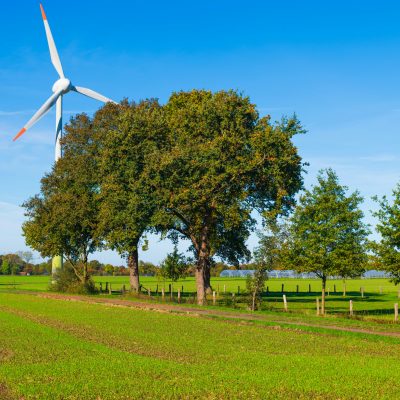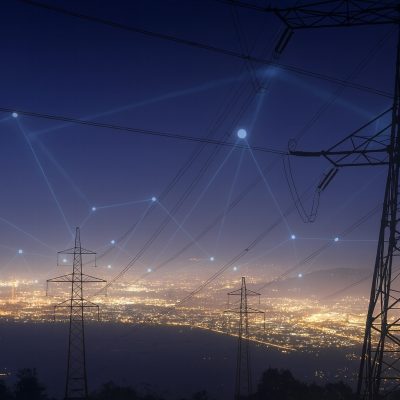[EN] La transition énergétique suédoise
Une course loin d’être gagnée

La Suède est souvent décrite comme un leader dans la transition vers une société à faible émission de carbone. Avec la plus forte part d’énergies renouvelables de l’UE et des systèmes d’électricité et de chauffage presque entièrement décarbonés, elle mérite amplement son statut de pionnière. Les récentes réussites en matière de technologies propres, telles que le lancement de la production de batteries pour véhicules électriques et la première production d’acier sans carbone au monde, viennent compléter ce tableau.
Outre le fait qu’il s’agit d’un pays peu peuplé bénéficiant de conditions géographiques favorables à la production d’énergies renouvelables, le développement à grande échelle de l’énergie nucléaire, associé à la mise en place précoce de taxes sur l’énergie et le carbone et au soutien du gouvernement aux énergies renouvelables, a été déterminant dans les résultats obtenus jusqu’à présent par la Suède. En outre, la culture de longue date du consensus et de la collaboration, l’intégration des politiques environnementales et les accords politiques généraux sur la politique énergétique et climatique ont tous contribué à façonner la situation actuelle.
D’ici 2045, la Suède vise à devenir le premier État-providence sans énergie fossile au monde. Plusieurs leçons peuvent être tirées du succès de la transition énergétique suédoise jusqu’à présent, mais la course est loin d’être gagnée. Si la ligne d’arrivée de la neutralité carbone a été approuvée par une large majorité politique tous bords confondus, la route vers le zéro net reste incertaine. La situation de quasi-impasse au Parlement devrait se poursuivre après les élections du 11 septembre et pourrait potentiellement entraîner un changement de gouvernement en faveur d’un régime de droite soutenu par un parti d’extrême droite, ce qui créerait une situation incertaine pour la poursuite de la transition.
La crise actuelle des prix de l’énergie a placé la politique énergétique au premier plan du débat pour les prochaines élections. Alors que les politiciens tentent de se surpasser les uns les autres avec des propositions visant à réduire les coûts énergétiques pour l’électorat, la crise climatique a été reléguée au second plan dans les discussions. Alors que le dernier rapport du GIEC a souligné l’urgence d’accroître les ambitions climatiques, la vague de chaleur qui a frappé l’Europe cet été a donné un avant-goût inquiétant de ce à quoi ressemblera l’avenir.
Ce document présente un récapitulatif de la transition énergétique suédoise à ce jour, couvrant la demande énergétique, le mix énergétique, l’électricité et les émissions. Il présente ensuite les politiques et les méthodes de gouvernance de la transition énergétique suédoise, ainsi que les défis posés par l’impasse parlementaire actuelle, qui devrait se poursuivre après les élections, avec ou sans changement de gouvernement. Avant de passer aux conclusions et recommandations, les principaux débats énergétiques avant les élections seront abordés, à savoir l’énergie nucléaire et la crise des prix de l’énergie, ainsi que l’électrification et le déploiement des énergies renouvelables.




